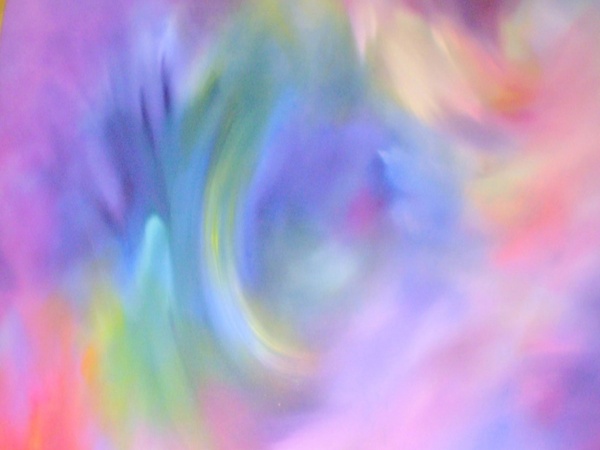Recently I saw a wine-blending kit that helps consumers blend different varietals to create their own wines. It was being offered as a simple process. Implying that if you have a merlot, cabernet sauvignon and a few other varieties you can mix them together and, I guess, just stir.
But there are those who have attempted this process, including me, who might agree that blending wine is something best left to professionals. Still, the question of whether blended wines are of lesser quality continues to be one that I am often asked. It’s a topic that is becoming more relevant because consumers seem to have a tendency to shy away from blends.
Blending is when a winemaker combines different “lots” or batches of wine from the cellar to create the final wine that ends up in bottles. Most winemakers have a vision of the flavor and style they want to create even before the grapes are harvested. Many winemakers find blends interesting and exciting to create, while for others a blend may be created out of necessity or because a grape is in short supply due to growing conditions.
In the United States, to qualify as a single varietal wine the product must contain at least 75 percent of one type of grape. There are very few grape varieties that are able to stand on their own. White wines are generally from a single grape variety, but there are exceptions. Even wines with simple flavor profiles can include a minuscule percentage of another grape to change or enhance the finishing style.
Blended wines are some of the most sought in the world: red Bordeaux is generally cabernet sauvignon, merlot, cabernet franc and petit verdot. For Champagne, one of the most complex blending processes is generally pinot noir, pinot meunier and chardonnay. Chianti has traditionally been a blend but today we see more and more use of a single grape sangiovese. But those most likely never to be blends are red Burgundy (pinot noir) and white Burgundy (chardonnay.)
Blending is a pragmatic operation and winemakers like to retain an element of flexibility. The goal, however, is the same — to make the best possible wine each year.
THE VALUE
- 2014 Apothic White Blend, California (about $13 retail)
THE SPLURGE
- 2013 Spann Classic 4 Red Blend, California (about $27 retail)
